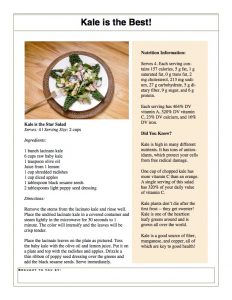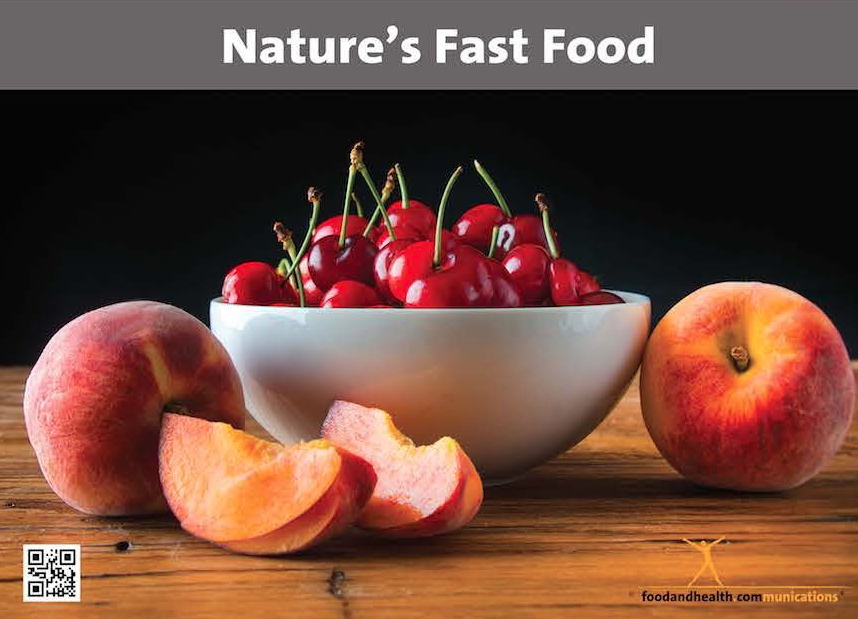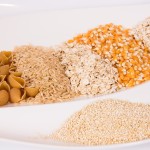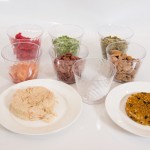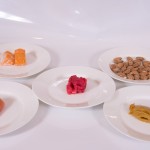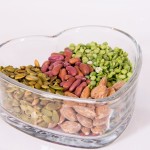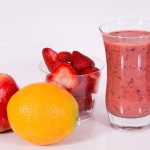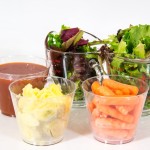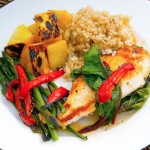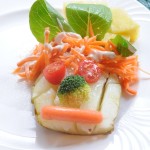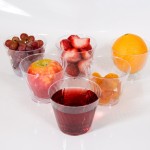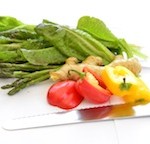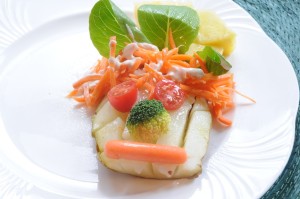Recently I presented my spring portfolio to my photography class, and it got me thinking about helping your audience eat more spring fruits and vegetables.
After all, what could be more enticing than spring produce?
Here’s the artist statement that I submitted for my photos.
Spring beckons flora to burst forth from the earth. In the context of California farmers’ markets, spring brings new and bright greens, fresh young tubers, and juicy citrus fruits.
This photography exhibition celebrates the unique season that transitions us from winter to summer. The produce you see in the photos comes from local farmers who sell in community markets, and the pictures are designed to inspire people to choose locally-grown fruits and vegetables.
In the farmers’ markets, farmers become entrepreneurs while buyers gain access to fresh and nutritious foods — a community comes together. Accompanying the artistic representation of spring’s seasonal produce is a tribute to the farmers who grew it.
The offerings of a farmers’ market change each week and month as the seasons ebb and flow. This is but a moment in time during one season’s passage, and I hope you enjoy the beauty of spring.
And here’s a collection of engaging images of tasty spring foods.

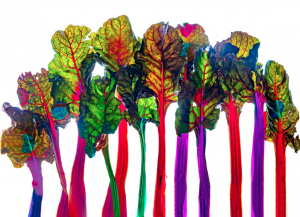
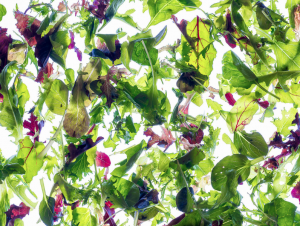
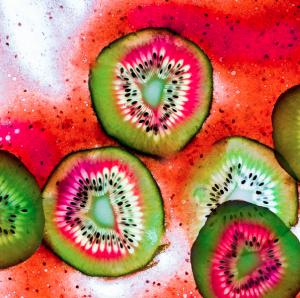
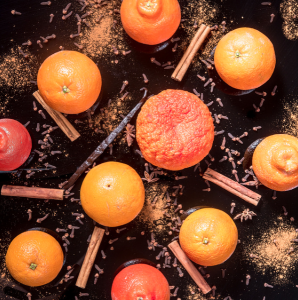
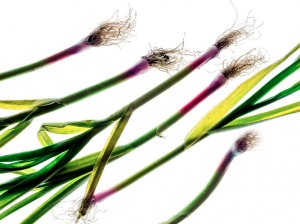
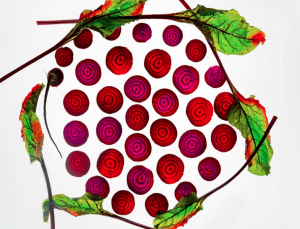

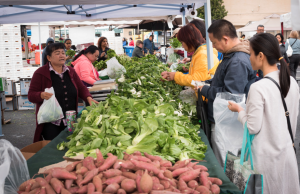
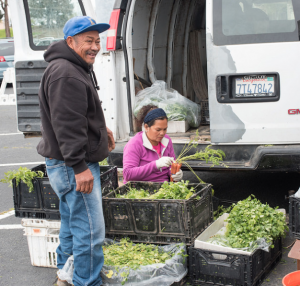
These images would be fantastic in a display or email blast, or even as decoration for a spring vegetable cooking demonstration.
And speaking of cooking, to help inspire your audience to eat more spring produce, I’d like to share this recipe for a bright kale salad. This is a great way to present spring to your clients and help them focus on fresh and tender greens.
Kale is the Star Salad
Serves: 4 | Serving Size: 2 cups
Ingredients:
- 1 bunch lacinato kale
- 6 cups raw baby kale
- 1 teaspoon olive oil
- Juice from 1 lemon
- 1 cup shredded radishes
- 1 cup diced apples
- 1 tablespoon black sesame seeds
- 2 tablespoons light poppy seed dressing
Directions:
- Remove the stems from the lacinato kale and rinse well. Place the undried lacinato kale in a covered container and steam lightly in the microwave for 30 seconds to 1 minute. The color will intensify and the leaves will be crisp tender.
- Place the lacinato leaves on the plate as pictured.
- Toss the baby kale with the olive oil and lemon juice. Put it on a plate and top with the radishes and apples.
- Drizzle a thin ribbon of poppy seed dressing over the greens and add the black sesame seeds. Serve immediately.
Nutrition Information:
- Serves 4. Each serving contains 157 calories, 5 g fat, 1 g saturated fat, 0 g trans fat, 2 mg cholesterol, 213 mg sodium, 27 g carbohydrate, 5 g dietary fiber, 9 g sugar, and 6 g protein.
- Each serving has 464% DV vitamin A, 320% DV vitamin C, 23% DV calcium, and 16% DV iron.
Did You Know?
- Kale is high in many different nutrients. It has tons of antioxidants, which protect your cells from free radical damage.
- One cup of chopped kale has more vitamin C than an orange. A single serving of this salad has 320% of your daily value of vitamin C.
- Kale plants don’t die after the first frost — they get sweeter! Kale is one of the heartiest leafy greens around and is grown all over the world.
- Kale is a good source of fiber, manganese, and copper, all of which are key to good health!
And here’s a PDF copy of the recipe handout that you can use however you’d like!
